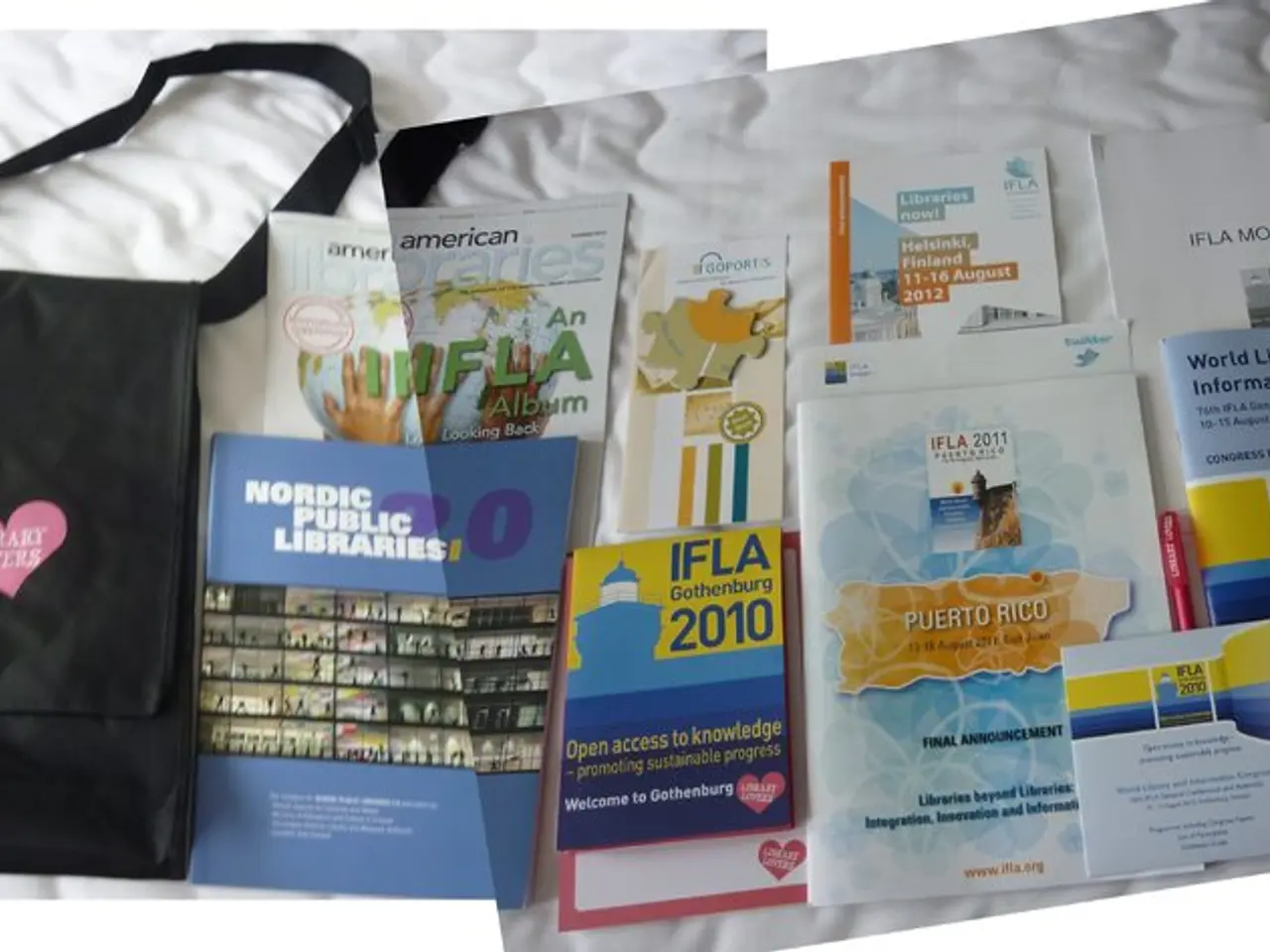Strategies for Detecting Subtle Academic Barriers
Hidden learning challenges can be sneaky, hiding behind the intelligence and adaptability of individuals. Kids and adults alike can face these unseen obstacles, impacting their school life, work performance, and self-esteem. It's crucial to spot these issues as early as possible to provide the right assistance, enabling them to maximize their potential.
In this guide, we'll journey through the world of hidden learning difficulties, investigating the telltale signs, symptoms, and strategies for parents, educators, and learners themselves to identify and address these challenges. We aim to shed light on the topic, making the path to success smoother for everyone.
Unmasking the Hidden Learning Challenges
Stealthy Signs of Learning Struggles
liedeer: Some children exhibit a range of issues that might suggest the presence of hidden learning challenges. Keep an eye out for the following signs:
- Trouble following instructions or remembering them: Children with learning difficulties tend to have trouble with organization and sequencing, which makes following and remembering instructions challenging.
- Reading, writing, or spelling problems: Although many children learn to read and write at a young age, struggling with these foundational skills can be a warning sign, possibly pointing to dyslexia or other reading-related issues.
- Math problems: Difficulty with math concepts or trouble solving math problems is another indicator of a learning challenge, such as dyscalculia.
- Issues with focus and attention: Often, children with learning difficulties struggle with staying focused or experience frequent distractions, affecting their ability to concentrate during classes or activities.
- Delayed language development: While some children may develop language skills at a slower pace, persistent issues in speech, comprehension, or expression beyond age-appropriate milestones might point to a learning disability.
Life's Imprint on Daily Living
As we grow older, hidden learning challenges can take a different form, but they can still have a significant impact on our daily lives. Adults might struggle with the following:
- Organization and Time Management: Procrastination, trouble finishing tasks on time, or struggling to keep a tidy workspace can indicate a learning challenge.
- Memory and Attention Issues: Having a hard time remembering things or focusing on a task can be signs of a learning disability like ADHD.
- Avoidance of Certain Tasks: Avoiding tasks that require reading, writing, or math might suggest a hidden learning difficulty.
- Emotional Stress: Feeling anxious or stressed when facing learning situations can signify underlying difficulties.
- Social Interactions: Trouble understanding social cues or maintaining relationships can be indicative of non-verbal learning disabilities (NVLD) or other conditions.
Understanding the Importance of Early Detection
Early detection is key to unlocking the full potential of individuals with hidden learning difficulties. Beginning the support system early allows individuals to develop coping skills and strategies to better deal with the challenges ahead, enabling them to succeed in both academic and personal aspects. Research shows that many kids face both ADHD and a learning difficulty, making early identification even more essential[4].
The Genius Behind Disguised Learning Struggles
People with learning difficulties often rely on smart adaptive behaviors and cognitive strategies to hide their struggles. These mechanisms take a lot of mental effort, and can be very tiring. Despite their challenges, many demonstrate remarkable intelligence, resilience, and creative problem-solving skills[1]. By recognizing and supporting these learning strategies, we can better identify and help those with hidden learning difficulties.
Masking is also common among individuals with mental health issues, not just those with autism or ADHD. It's like using one's non-dominant hand - it takes extra effort, but many still manage to excel[1]. There are different types of masking, such as:
- Social masking: Hiding socially, suppressing emotions, or pretending to be someone else to fit in.
- Behavioral masking: Using certain behaviors to manage stress and anxiety, such as procrastination or passive-aggressiveness.
Shedding the Mask: Empowering Students and Adults
Masking can take a toll on mental health, potentially leading to feelings of anger, frustration, anxiety, and even suicidal thoughts. However, those who mask might resist seeking help due to fear of judgment or discrimination[1]. Empowering students and adults with learning challenges requires:
- Open Communication: Making a safe space for learners to express their struggles and mistakes, which fosters growth and understanding.
- Understanding the Individual: Learning the unique learning profile and strengths of each learner helps tailor support systems to their specific needs.
- Positive Reinforcement: Using praise, encouragement, and constructive feedback to boost motivation, improve self-esteem, and create a positive learning environment.
- Promoting a Growth Mindset: Teaching learners that challenges, mistakes, and setbacks are opportunities for growth, rather than indicators of failure or incompetence.
Seeking Professional Guidance
Recognizing signs and seeking professional assessment can help uncover hidden learning difficulties and provide guidance on strategies and services to support a child's or an adult's growth and development. Here are some valuable sources for additional information and support:
- National Center for Learning Disabilities: A leading organization dedicated to empowering students, their families, and educators with learning and attention issues.
- Understood: A platform offering evidence-based information, strategies, personal journeys, and support for families navigating learning and attention issues.
- ChADD: Children and Adults with Attention Deficit/Hyperactivity Disorder (CHADD) provides resources, advocacy, and support for individuals with ADHD and related learning challenges.
- In addition to investigating the signs of learning struggles in children, it's essential to understand the telltale signs in adults as well, such as organization and time management issues, memory and attention problems, and emotional stress.
- Similarly, parents, educators, and learners themselves should be aware of the discreet indicators of mental-health issues, like social masking or behavioral masking, as they often hide among people with autism, ADHD, or other conditions.
- To smoothen the path to success for individuals with learning challenges, adopting positive parenting techniques, such as open communication, understanding the individual's unique learning profile, positive reinforcement, and promoting a growth mindset, is crucial.
- For more in-depth guidance on hidden learning difficulties, various resources are available, including the National Center for Learning Disabilities, Understood, and ChADD, which offer information, strategies, support, and advocacy for families and individuals facing learning and attention issues.




